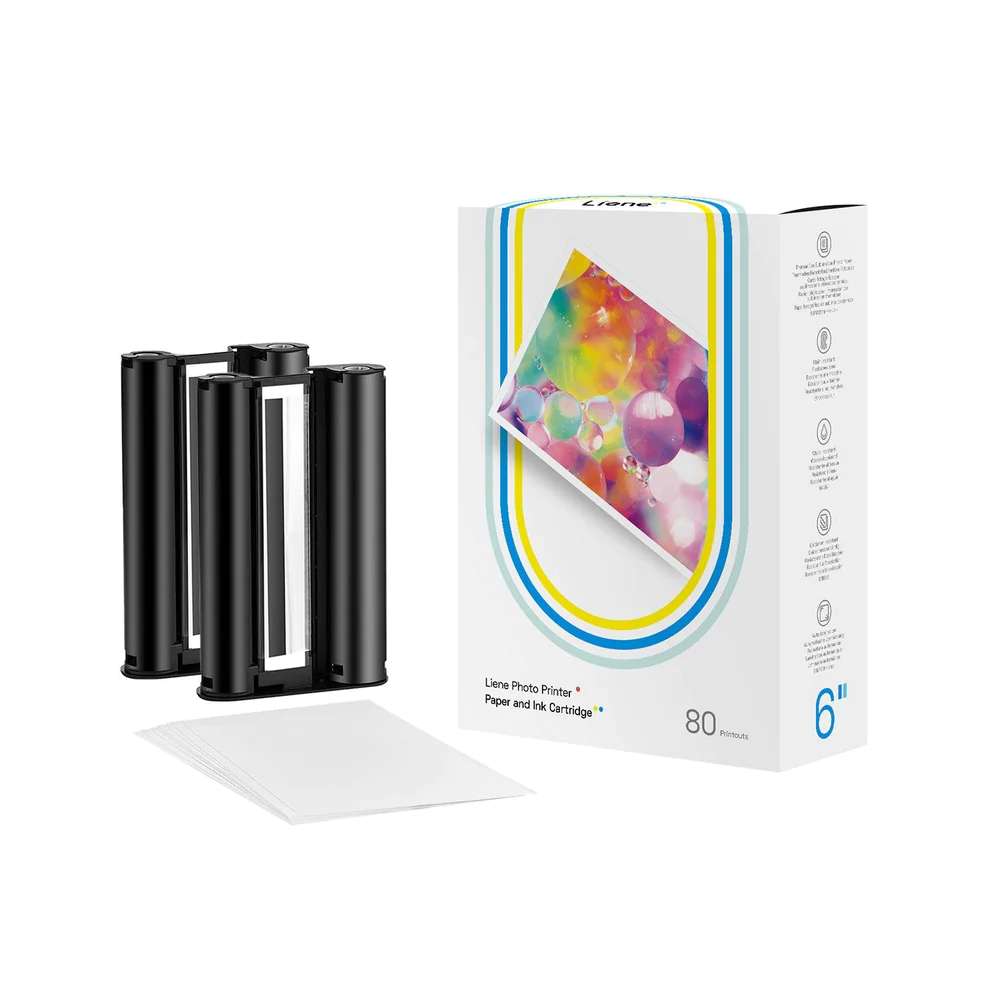Ever wondered why your printed photos lack the wow factor? The answer could lie in two critical factors: resolution and DPI. Understanding their impact on print quality can help you optimize your printing process. Let’s take a deep dive into these factors.
What is Resolution?
Resolution refers to the level of detail an image holds. Measured in pixels, the number of distinct points can be displayed in an image. The resolution and level of detail in your printed photo will increase as the number of pixels increases. If your image resolution is low, expect a pixilated or blurry result when printed, especially in large formats.
Understanding DPI
Contrarily, the term “dots per inch” (DPI) is used to describe how well a printer produces images. It shows how many individual dots a printer can fit into an inch square of space. The print is sharper and more detailed the higher the DPI.
The Interplay Between Resolution and DPI
The trick is that for high-quality prints to be produced, a printer’s DPI and a photo’s resolution must cooperate. For instance, if your printer’s DPI is low, a high-resolution image could not print adequately. A low-resolution photo can’t do much with a high DPI printer, either.
It resembles a dance. Both sides must be in agreement for the performance to be flawless.
Photo Printers for Home: Your Key to High-Quality Prints
What does this mean for those who use photo printers for home? It implies that they must pay attention to both the photo resolution and printer DPI.
For the greatest print quality, use a photo printer for home use that supports a high DPI. Making sure your images have a decent resolution is equally important. Although resolution can be increased with the use of photo editing software, original photo quality is still important.
Choosing the Right DPI and Resolution for Different Print Sizes
Different print sizes demand different combinations of resolution and DPI. A small-sized photo might look great with a lower resolution and DPI. However, you require a higher resolution and DPI for larger prints in order to maintain the same level of quality.
A basic rule of thumb is that larger prints require both more dots and more pixels (better resolution) (higher DPI). For this reason, ensure sure your printer is set to a high DPI and that the photo you intend to print has a high resolution.
How to Optimize Print Quality
Maintain a balance between resolution and DPI to improve print quality. Start off with the highest-resolution image you have access to. Use the highest DPI setting on your printer when printing. Printing can take longer, but the results will be worthwhile.
Last but not least, make sure to scale the image to fit the print format. A small, high-resolution photo can lose quality as it is enlarged.
Conclusion
In the world of photo printing, resolution, and DPI are the main characters that determine the quality of your prints. Thanks to high-DPI photo printers for home use, achieving sharp, professional-quality prints at home is no longer an elusive dream. You may make beautiful photo prints from the convenience of your home if you have a thorough understanding of these two elements and how they combine. Remember, it’s all about striking the right balance between resolution and DPI for the perfect print.


